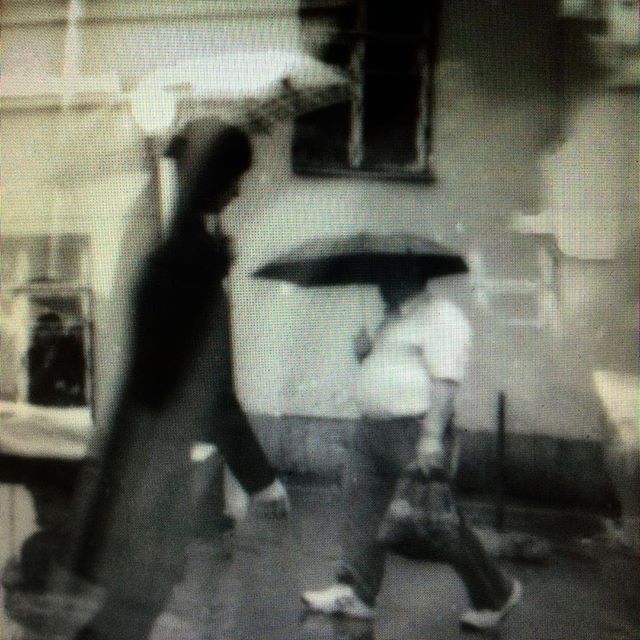Once we have learned to see shapes, it is most difficult to unsee them. In your image I struggle to interpret two black dots as anything but eyes, and the shadowed slit as a mouth.
During those cold travels with E (I’ll call her E), we discussed sight in its many permutations, as both an aid and impediment to understanding, as desire, as pain, as memory, as illusion. We spoke of the design of cities and towns, where one could live without eyes and where one was rendered captive by the construction of buildings and streets, the availability of public transport, of sidewalks, of neighborhood shops and services. E mentioned that she lived in Russia because the cities could be navigated without sight. She lived in Yekaterinburg I believe, a city with a compact core, but she had come from a suburb, where she was utterly dependent on others for movement.
We tried to find words to describe depth perception, how to interpret shape and form, what an image might be to someone for whom image is abstraction. We tried to find language that would approximate visual experience – composition, space and time, movement through a seen world.
E described her perfect work of art as an image that exactly fit her field of vision, spreading over the visible until it covered everything, a screen, a sky, a color field. Her idea of making a work of art was based on the capacity for sight afforded by her lensless eye. She was struck by the idea of colors on a single plane, and their alteration. Which tells me, now, that even though her instrument for seeing is different than ours, her impulse to shape with that instrument is the same.
/// #image_by_image is an ongoing conversation between photographers Ivan Sigal and Anton Kusters.@ivansigal @antonkusters on Instagram ///
